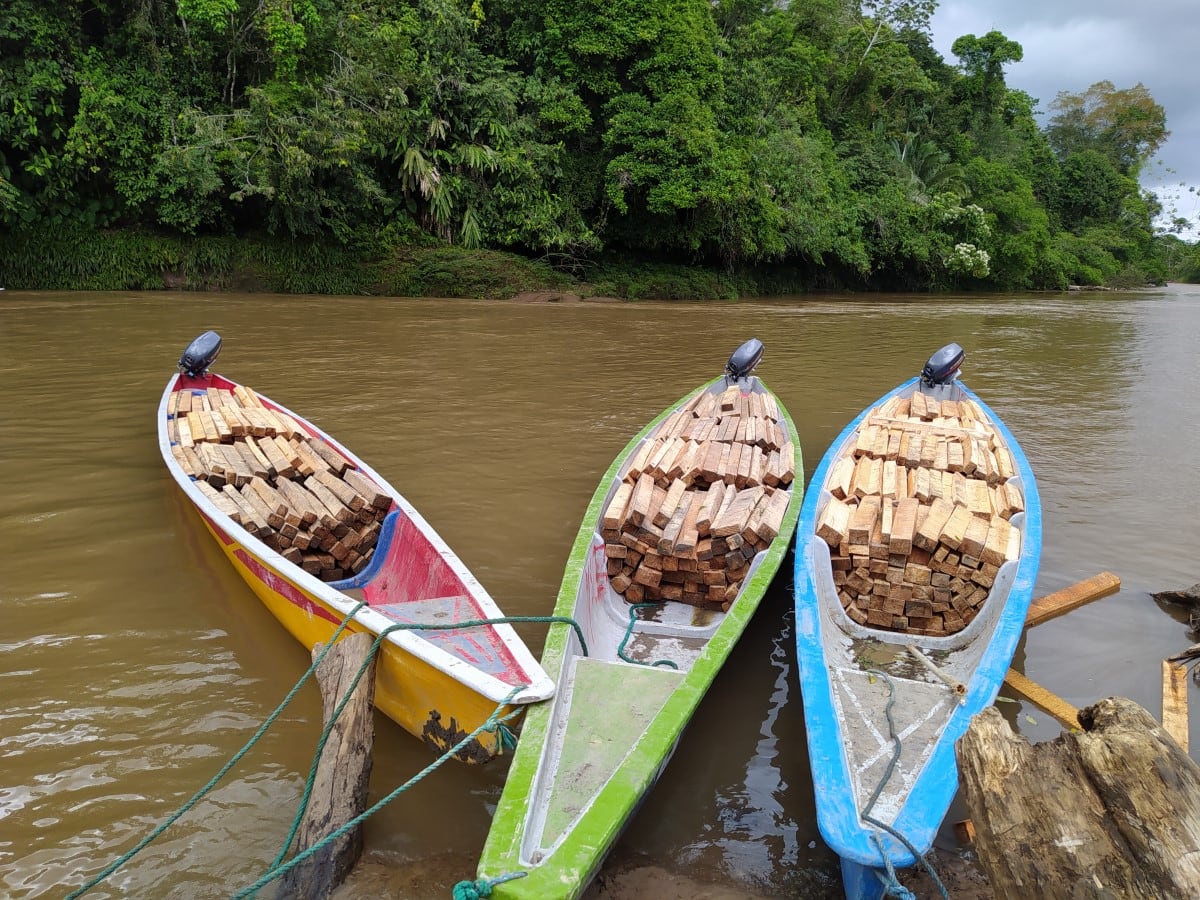elektra
Diamond Member
- Thread starter
- #21
Liar, how are fossil fuels destroying the rain forests of South America?The hazard of continued use of fossil fuels is the actual "brutal" destruction of rain forests throughout South America and in a manner that cannot be rectified by replanting, as can balsa trees.
Wind Turbines require all the Balsa wood in the world. Not some, not half, all the balsa wood. How many other plants, birds, reptiles, or animals die along with the destruction of the Wind Turbine's appetite for Balsa wood.
As we can see, it is not simply trees that suffer, it is life itself. Indians, Democrats like to blame the USA for the destruction of indians, yet here is an example of native american people literally being devastated and the democrats to give a shit!

Indigenous Amazonian communities bear the burden of Ecuador’s balsa boom
This story is a reporting partnership between Mongabay Latam and La Barra Espaciadora. Balsa wood is a hot commodity in Ecuador, with the country exporting $402 million worth of the timber in 2020 alone, according to data from the central bank. But the lucrative trade has reportedly come at a...
“All kinds of birds use balsa to balance their energy, monkeys use it, tapirs, peccaries, also nocturnal animals like the jaguar and the agouti,”





